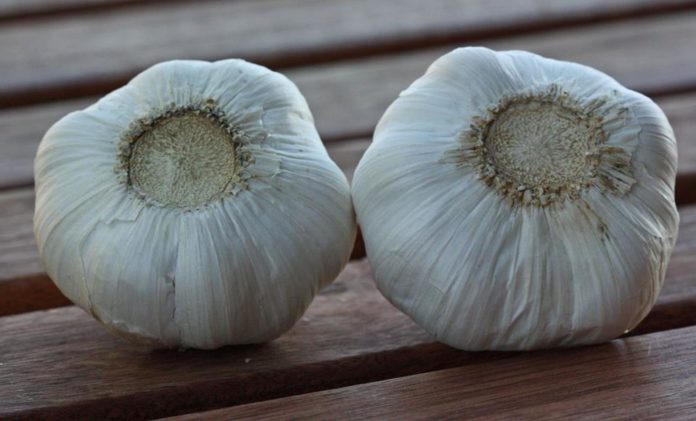When we are at a supermarket and it’s often the low prices that catch our attention and fill our carts. Even a conscious consumer may look at an ingredient list, but not think beyond that. Knowing the geographic origin of what we eat is increasingly important as our food supply chain becomes progressively globalized.
While we debate issues like GMO’s and their dependance on Roundup here in the United States, we readily import foods from countries where food production is akin to an unregulated Wild West.
Here are 10 foods gnarly examples of “Made in China” foods to keep off your plate:
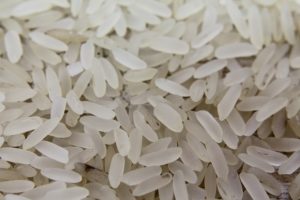 1. Plastic Rice. Plastic Rice. Yes, I said that twice just in case you are like me and had
1. Plastic Rice. Plastic Rice. Yes, I said that twice just in case you are like me and had
trouble wrapping your head around it the first time. Chinese authorities have been making seizures of fake rice that consists of a mixture potatoes, sweet potatoes, and an industrial resin. The giveaway is that it stays a bit hard when cooked and is difficult to digest. Hmm… do ya think!?
2. Garlic. In 2015 we imported 138 million pounds of garlic- a fair chunk of it labeled as “organic”. Chinese garlic is bleached with a chemical broth that stops sprouting and then is often disinfected with methyl bromide- a known toxin that causes respiratory and central nerve system damage. (The disinfecting is down to kill pathogens in the raw sewage used to grow the garlic) Be aware, foreign “organic” labels are meaningless.
Garlic grown in the U.S. will have some roots left on the bottom and are generally larger than Chinese bulbs. The root factor is often touted as telltale, but it can be misleading as many U.S. growers also remove the roots to prevent molding. In the long run, it is better off to go by a brand name that clearly labels the product as being grown domestically.
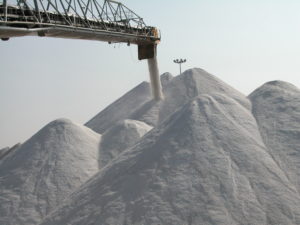 3. Salt. Imported Chinese salt may contain industrial salt. Industrial salt increases cardiac risk and can be easily mixed with table salt. There is no iodine in industrial salt and it can cause hypothyroid swelling and mental impairment. Edible salt is 10 times more expensive that industrial salt, making counterfeiting extremely profitable.
3. Salt. Imported Chinese salt may contain industrial salt. Industrial salt increases cardiac risk and can be easily mixed with table salt. There is no iodine in industrial salt and it can cause hypothyroid swelling and mental impairment. Edible salt is 10 times more expensive that industrial salt, making counterfeiting extremely profitable.
4. Tilapia. Tilapia has been a highly marketed fish over the last decade. Last year, 80% of our Tilapia, 382 million pounds, was imported from China. Chinese Tilapia is farm raised and pumped full of antibiotics and growth hormones.
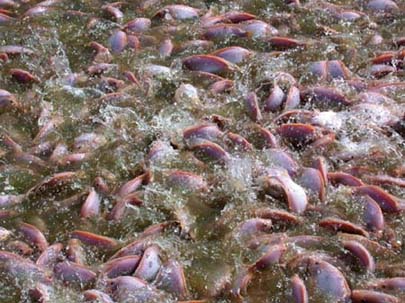
Multiple reports by the FDA and the Center for Food Safety have found that at least 50% of Chinese tilapia are fed animal feces. Would you like some poop with that fish? Tasty! Hence the need for those massive doses of antibiotics.
 5. Apple Juice. Do you buy cheap apple juice? Chances are it is from China and that you are drinking a cocktail full of arsenic, toxic pesticides, and chemical residues. Nearly 50% of the apple juice consumed in America is imported from China- 367 million gallons a year. You might be thinking… “I got the Mott’s, not the cheap generic applesauce and apple juice!” Mott’s sources from China and in addition to the above nasties, they also love to add corn syrup- the icing on the cake.
5. Apple Juice. Do you buy cheap apple juice? Chances are it is from China and that you are drinking a cocktail full of arsenic, toxic pesticides, and chemical residues. Nearly 50% of the apple juice consumed in America is imported from China- 367 million gallons a year. You might be thinking… “I got the Mott’s, not the cheap generic applesauce and apple juice!” Mott’s sources from China and in addition to the above nasties, they also love to add corn syrup- the icing on the cake.
6. Chicken. Sadly the USDA approved the sale of hormone and antibiotic induced chicken into the U.S. in 2013. While direct imports are still in the works, now U.S. suppliers are being allowed to export domestically grown chicken all the way to China to be processed and re-shipped to the United State.
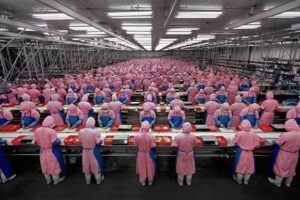
Chinese facilities are not required to have USDA inspectors and there is absolutely no way to monitor what the chickens are being fed or the medications that they are given. (Let alone the inhumane conditions that are found in the Chinese poultry industry) Yet another reason to simply avoid chicken all together.
7. Cod. If you live in the East like I do, you picture the fishermen in places like Gloucester and New Bedford bringing home our cod like they have for hundreds of years. Wishful thinking. Over half the cod in the U.S. is imported from China and is farm raised in similar conditions as tilapia… enough said.
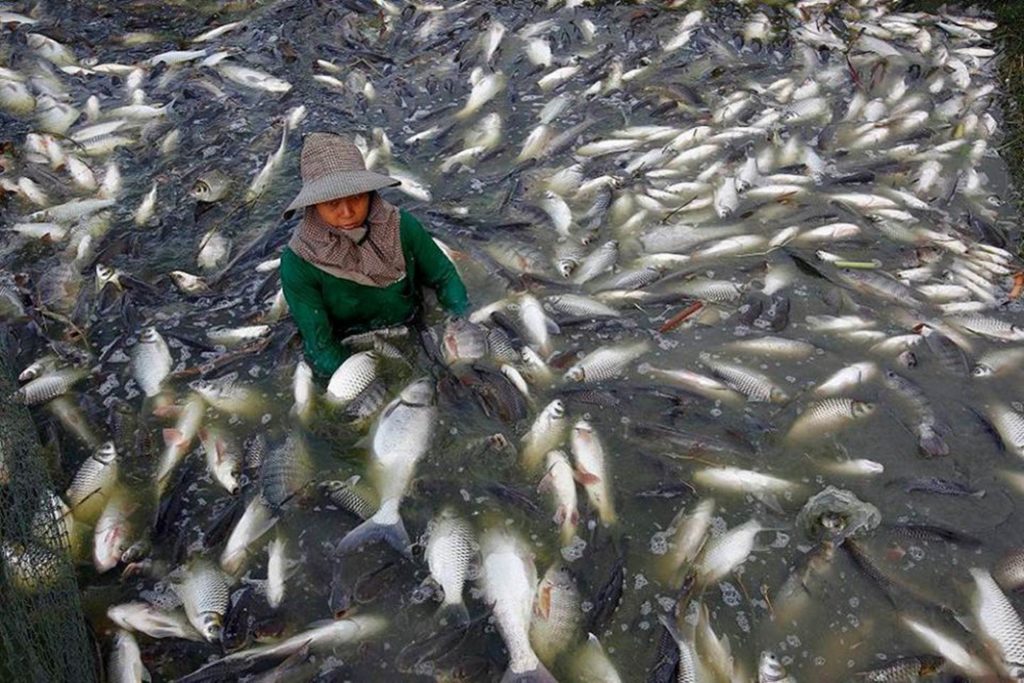
Considering the shameful lack of transparency in the United State’s fish supply chain, it is best off to avoid cod and tilapia all together unless you can get it from a trustworthy source.
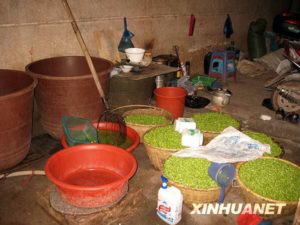 8. Green Peas/Soybeans. Chinese green peas and soybeans may be snow peas, or other imitations that are dyed with food coloring with toxic sodium metabisulfite.
8. Green Peas/Soybeans. Chinese green peas and soybeans may be snow peas, or other imitations that are dyed with food coloring with toxic sodium metabisulfite.
The reports of fake peas received a lot of press attention in 2010, and these peas have appeared in China in previous years also. While out of the media’s eye, there is no reason to presume Chinese peas and soybeans are the real deal or safe to eat.
9. Mushrooms. Imported Chinese mushrooms have been found to have illegal pesticide residue. While most mushrooms from China come in the canned form, fresh Chinese mushrooms are also finding their way to our markets- especially shiitakes.
10. Corn. Where did your canned corn or frozen come from anyway? Although not allowed in Chinese corn (though small amounts are found in fruit juices and broths), some producers add sodium cyclamate to their corn to add sweetness and hold its trademark yellow color. Sodium cyclamate is a toxic that can damage the liver. This toxic additive is banned in the United States and legal in over 170 countries worldwide.
Scary, but this list could actually contain the nearly two hundred foods from China that U.S. inspectors have found to have serious food safety violations including have residues from illegal pesticides and undeclared and/or illegal hormones. As with food from our own country, it just drives home the fact that the more transparency the better!
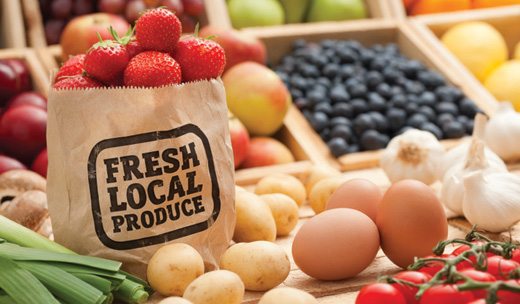
Tips to buying food for the soul:
- Buy Organic
- Buy Non-GMO
- Buy Local
- Avoid the Dirty Dozen if you can’t buy organic
- Avoid food coloring, corn syrup, and msg and you’ll avoid a lot of other nasties along the way
- If you can’t pronounce it, research the ingredient. Better yet, don’t buy it!


